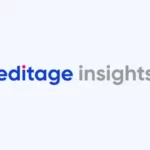Don’t Just Produce Plain Language Summaries: Seven Tips to Get Them Read

The primary purpose of plain language summaries (PLS or Lay summaries)—synopses of research in simple, jargon-free language—is to make science accessible to the public. PLS(Lay summary) enable scientists and academic Societies to engage with a broader audience, even crossing language barriers. But it’s not enough to merely produce PLS; they should be easy for the public to find. Publishers and Societies can consider some of the below strategies to make their PLS discoverable and drive readership.
1. Label and position PLS(Lay summary) properly
On the landing page of a scientific article, the PLS(Lay summary) should be easy to spot at first glance. It should be clearly labelled and not tucked away below the abstract like an afterthought.
2. Use an alternative title
If the original title is complex and lengthy, the PLS(Lay summary) should have an alternative, simplified title. For instance, few lay readers would read further than a title like “Positive Effects of Maternal Dietary Diversity on the Neonatal Gastrointestinal Microbiome.” Many more would be inclined to read a PLS(Lay summary) titled “Eating a Variety of Foods During Pregnancy Improves Your Newborn’s Gut Health.”
3. Include graphics and artwork
Visuals make it easier for readers to both understand and remember the content. Figures accompanying the PLS(Lay summary) should, like the language of the PLS, be easy to understand and intuitive. A bar graph may be acceptable; a box-and-whisker plot, probably not.
4. Allow subheadings and vertical lists
PLS(Lay summary) presented as a large slab of text are difficult to read. Subheadings, bullet points, and tables make it easier for lay readers to process the information, as shown by this randomized controlled trial of PLS for Cochrane reviews. Readers may also perceive PLS(Lay summary) with subheadings as more credible and useful for decision-making. Bulleted or numbered lists not only attract readers’ attention but also enable them to process and recall information with minimal effort.
5. Relax length restrictions if needed
If the editors judge an article to have potentially high social or economic impact, the length restrictions on the PLS(Lay summary) could be relaxed further, even up to around 800-1000 words. This would allow the PLS(Lay summary) to present all key details, preventing the research findings from being distorted or misrepresented.
6. Use PLS(Lay summary) as a basis for additional content
PLS(Lay summary) can form the basis for social media posts and press releases. Articles that receive more attention in mainstream news media, online blogs, or social media are more likely to be cited than other articles. Social media (especially Twitter) mentions also increase downloads and early citations.
7. Invest in SEO to optimize metadata
Academics may not realize that the public searches for information online differently: via Google, Bing, etc., rather than PubMed. Publishers and Societies therefore need to adopt specific strategies to improve their website rankings on popular search engines. Investing in search engine optimization (SEO) is essential for getting research found and read. SEO experts can analyze and optimize journal practices around metadata so that articles can be found more easily by various search engines.
If Societies want to truly engage with the public and disseminate their research, PLS(Lay summary) should be not just appropriately written and ethically sound, but also easy to find. Increasing “accessibility” to research also means increasing its “discoverability.”





